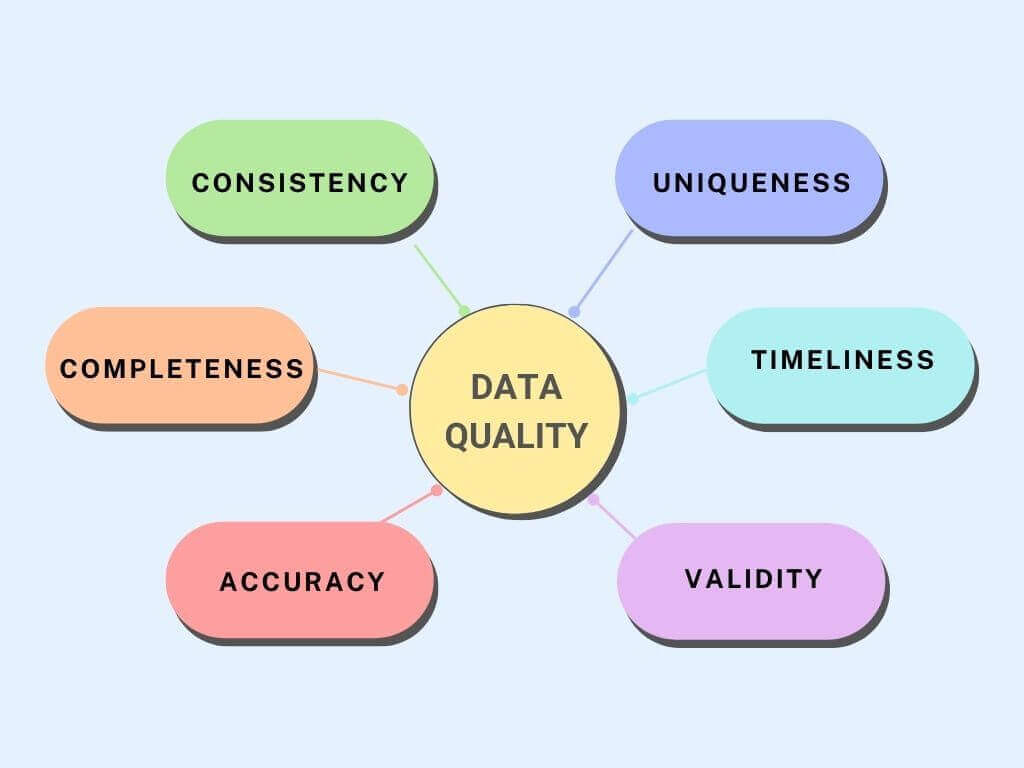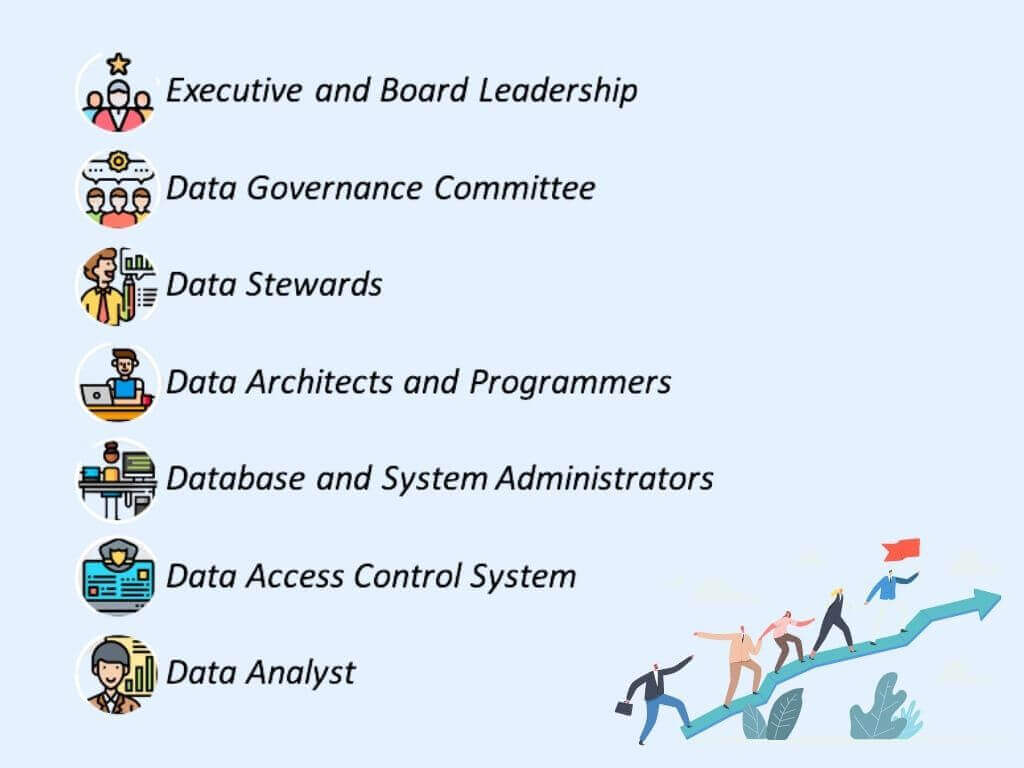Data Governance in 2023

Buzzwords in big data is a lot… “Data Mesh”, “Reverse ETL” , “Data Lakehouse 2.0” and “Data Governance”. Data Governance is different than any other term. It refers to the central processes and policies governing(managing) the management of enterprise data assets. Its primary aim is to identify key data and information, manage these assets effectively, and measure the success of these efforts in achieving business goals.
Purpose of Data Governance
- Ensuring Data Quality: This involves collecting necessary data for analytics and ensuring its validity. Strategies must support and improve data completeness and validity to bolster analytics.
- Building Data Literacy: Just like a library in an illiterate community is useless, data investments without data literacy are futile. Education, training, and recruiting practices are vital in building this literacy.
- Maximizing Data Use for Organizational Benefit: Creating a data-driven culture maximizes data value, reduces costs, and minimizes risks.

The journey towards effective data governance begins with understanding the need for a plan. This involves defining and adopting policies, operationalizing compliance, and continuous monitoring.
Approaches to the Implementation of the Data Governance Program
Top-Down Approach: Involves enterprise-wide change, starting with appointing a Chief Data Officer (CDO) and establishing a data governance council. Bottom-Up Approach: Begins with collecting structured metadata, forming the basis for setting standards and rules.

As the diagram shows, there are multiple layers in the data governance process established under executive and board leadership. The data governance committee, data administrators, data architects and programmers, database and system administrators, and the access control system surround the technical data warehouse and analysis platform. At first glance, these layers may seem hierarchical, but if applied properly, the layers complement each other efficiently. When put together effectively, these data management layers provide data analysts with efficient and robust results.
From the high-level guidance and aspirations of the executive and board layers to the low-level, embedded technology of the information system that supports EDW (enterprise data warehouse), each layer plays an important role in data management.
Executive and Board Leadership — Executive and board leadership set strategic goals for analytical solutions, which are translated into an implementation strategy by the data management committee.
Data Governance Committee — The task of the data governance committee is to address this demonstrated goal and translate it into analytical skills and toolkits. The Committee evaluates options to achieve this goal. Works as a sponsor for the development of necessary skills within the organization. These skills include the data analytics team and IT skills to manage the data warehouse. Data managers are critical in reviewing and approving data warehouse access to data content. At this point, the Committee will also begin to define general principles and processes for approving and auditing that access to determine who has access to what data at EDWH.
Data Stewards — The data controller plays a crucial role. Data representative candidates are employees at the forefront of data collection in the organization and understand how data is collected in their areas of responsibility, how the information systems that support their areas collect this data and any deficiencies or quality issues in it. Data managers include business units. All data managers contribute to developing an analytics use case to ensure that the data targeted to support analytics is suitable for the analytics use case. Data managers serve as data content specialists and consultants as data architects and analysts.
Data Architects and Programmers — In consultation with data managers, they translate the requests of the executive team and data governance Committee into the analytics use case in the data warehouse. They link and organize this data for use in specific analytical scenarios. They must ensure that the data is properly modeled and stored in EDWH.
Database and System Administrators — Database and system administrators, EDWH audit and access control systems; implements and structures to reflect high-level data access and security principles as specified by the executive team and data governance committee. Database and system administrators work closely with data architects and programmers to ensure that data content and visualization applications integrate with operating systems and database management systems that support the data warehouse. Once data managers approve, data architects and programmers will provide systems and database administrators with the names and roles of people in the organization that is approved for access to the contents of the data warehouse.
Data Access Control System — The data access and control system is embedded in the operating system and database management system that supports EDWH. The system provides tools to associate the usernames of people logged into EDWH with their level of authorized access to data content and visualization applications. The access control system also provides an audit trail to monitor who accessed what data and when.
Data Analyst — All six layers in the data governance system work together in a complementary way to provide a supportive environment for data analysts. In a fully mature, data-literate culture, everyone is a data analyst within their role in the organization. In this context, a data analyst can be anyone from a technical data engineer working in a business unit to a board member.
Speaking of roles, it is worth mentioning that. The number of roles in EDWH needs to be severely restricted. EDWH's administrator must be the data controller for EDWH roles; role management should not fall to systems or database administrators. Experience shows that if roles are not carefully managed and constrained, the number of roles grows exponentially, making their management difficult. It may create security risks. Analysts may access data they are not authorized to view, or viewers may not be able to access the data they want to see.
IOMETE - the modern data stack for data governance
IOMETE platform also covered security of data inside data policies module. In this module admin of console can create different policies for company.

IOMETE platform enhances data governance with its data policies module, allowing for the creation of different policies for various teams within a company.
Conclusion: Understanding the Scope of Data Governance Data Governance is not just about data management or stewardship; it's about strategy, roles, organization, and policies. It's a core component that connects various disciplines like data quality, metadata management, and data security. Understanding the distinction between data governance, data management, and master data management (MDM) is crucial for organizations aiming to harness the full potential of their data assets.